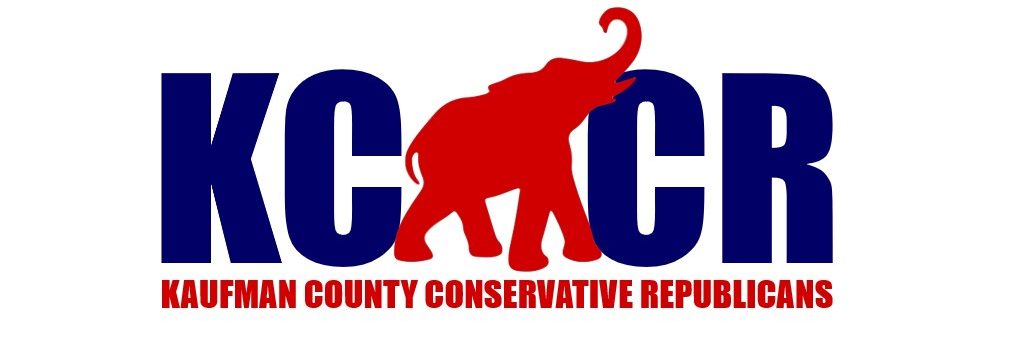As you well know, Texas’ property taxes are growing faster than the income of most Texans. According to the Tax Foundation, Texas now has the sixth highest property tax burden in the nation. Increasing pressure is being put on Texas homeowners, especially the property-rich-but-income-poor, who have seen their property values (and thus their tax bills) skyrocket, but who have not received comparable increases in income. To make matters worse, the continuing increase in property taxes is not, in most cases, providing any meaningful increase in services to the taxpayer.
The Problem
Reports from the Texas Comptroller1 show that property tax is the single largest tax assessed in the state. The next largest single assessment comes from the sales tax, which is imposed at both the state and local levels.
 Under the leadership of Senator Paul Bettencourt, the Texas Senate Select Committee on Property Tax Relief heard testimony in 2016 from families in Texas that were literally being taxed out of their homes because of oppressively high tax bills.
Under the leadership of Senator Paul Bettencourt, the Texas Senate Select Committee on Property Tax Relief heard testimony in 2016 from families in Texas that were literally being taxed out of their homes because of oppressively high tax bills.
This is indicative of a system where government growth is set on autopilot without a realistic mechanism for the people to have a voice in accepting or rejecting that growth.
Governor Abbott, Lieutenant Governor Patrick and Speaker Bonnen have made it clear that property tax relief for the taxpayer is a top priority for the 86th Legislature. Accomplishing meaningful relief will require replacing some local property tax revenue with revenue collected at the state level. While this is a tall order, Comptroller Hegar gave a bit of good news to the legislature in early January, informing us that we will have slightly over 8 percent more state funds to work with for 2020 and 2021.
The Process
Your property tax bill has two key components that you see at the end of the year: (1) the tax rate set by a local taxing unit, such as a school, city, county, or special district, and (2) the appraised value of your property as set by the Central Appraisal District (CAD). The tax rate multiplied by the property value equals your tax bill for the year. Your effective tax rate is determined by taking your values for the current year and determining the tax rate needed to raise the same amount of revenue.
Taxpayers currently have little they can do, at the local level to slow or stop the skyrocketing increase they are forced to pay. However, if the tax rate adopted by a taxing entity exceeds 8%, the citizens may petition for a rollback election. School districts must hold an election automatically when they exceed the 8% rollback rate.
After a taxing unit adopts a tax rate above the 8% rollback rate, the law gives 90 days for taxpayers to gather the signatures sufficient to have a valid petition for a rollback election.
The process for getting a rollback election is often criticized for the complexity of the process and the high level of sophistication required to understand how to calculate a rollback rate. According to a Senate interim report2, the complete process requires “about 40 steps and information that the average member of the public does not have access to and cannot independently verify.”
For the sake of transparency and accountability, any reform of the property tax system in Texas will need to include an overhaul of this system.
The Proposed Fixes
More than 4,000 entities impose property taxes in Texas. Of all the taxing entities, the Texas Comptroller noted in their latest Biennial Property Tax Report that the heaviest taxing burden came from the state’s school districts.
So far, over 200 bills have been filed to address various property tax issues. Proposed solutions include lowering rollback tax rates, capping the appraisal value of property, compressing the tax rate, or utilizing targeted exemptions. Each of these approaches has been attempted in the past, offering only short-term solutions.
 A real long-term solution will require dealing with both the revenue-generating side (property tax), and the spending side (expenditures). Proposals with these components have been proposed by Governor Abbott and my colleague, Senator Paul Bettencourt.
A real long-term solution will require dealing with both the revenue-generating side (property tax), and the spending side (expenditures). Proposals with these components have been proposed by Governor Abbott and my colleague, Senator Paul Bettencourt.
In both cases, they recognize that the ability of local entities to spend taxpayer dollars should be subject to taxpayer approval when it exceeds a set limit. This is not, as many officials claim, a revenue cap. It is real local control.
It is, instead, a taxpayer trigger to ensure that the citizens of a local entity are informed and able to weigh in with voter approval when spending increases. Keep in mind, new growth in the taxing entity is not subject to the tax, so there will be a natural mechanism to pay for new development with new tax dollars.
Regardless of the specific plan, the evidence is clear that Texas’ oppressive local property tax system needs to be fixed. If we are to continue strengthening our state economy and attracting the best and brightest in every field, we need a long-term strategy that better reflects the ability of the average Texan to pay.
I predict that later today when Governor Abbott makes his State of the State speech, he will designate property tax relief an emergency item for the Legislature to immediately take up. Because it is the right thing to do for Texas families.

